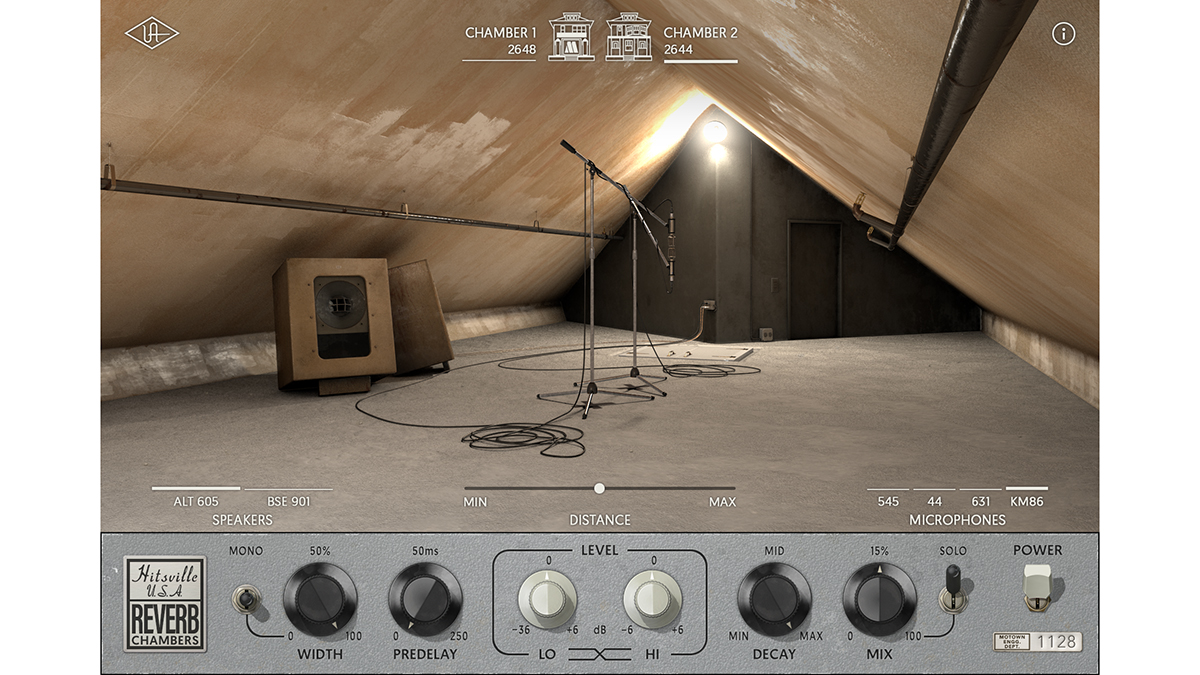Universal Audio releases a ‘vintage’ polysynth plugin and recreates the classic Motown reverb chambers
New toys for Spark subscribers and UAD hardware owners

Universal Audio has announced new plugins for its UAD Spark subscribers and DSP hardware users: the PolyMAX synth and Hitsville Reverb Chamber.
Inspired by vintage analogue hardware, PolyMAX promises to recreate “the lush harmonics and warm bottom-end” of classic ‘70s and ‘80s polysynths, and is said to come with “album-ready” presets.
For those who want to program, the interface looks pretty straightforward, and you can spice up your sounds with a selection of classic UA effects. These include the ‘Hall B’ reverb, a tape delay and vintage-style phasers and flangers.
Hitsville Reverb Chambers, meanwhile, is said to be the first plugin to emulate the classic Motown attic spaces used to record Marvin Gaye, Stevie Wonder, The Supremes and many more. It comes with two distinct custom-built chambers, into which you can place your vocals and instruments.

Again, the controls are simple, but the Dynamic Room Modelling technology is anything but. You can use this to step back in time and reposition the chamber mics beyond their original positions for previously unheard sounds.
Both of the aforementioned plugins - plus the new C-Suite C-Axe Noise Suppressor, a dynamic noise suppressor for guitar and bass - are included in both the Spark subscription ($20 a month) or via the new UAD Software v10.2. Perpetual licences for PolyMAX and Hitsville Reverb Chambers cost $199 and $349 respectively. Owners of the powered UAD plugin can download the native version (VST/AU/AAX) for free.
Find out more on the Universal Audio website.
Want all the hottest music and gear news, reviews, deals, features and more, direct to your inbox? Sign up here.



I’m the Deputy Editor of MusicRadar, having worked on the site since its launch in 2007. I previously spent eight years working on our sister magazine, Computer Music. I’ve been playing the piano, gigging in bands and failing to finish tracks at home for more than 30 years, 24 of which I’ve also spent writing about music and the ever-changing technology used to make it.